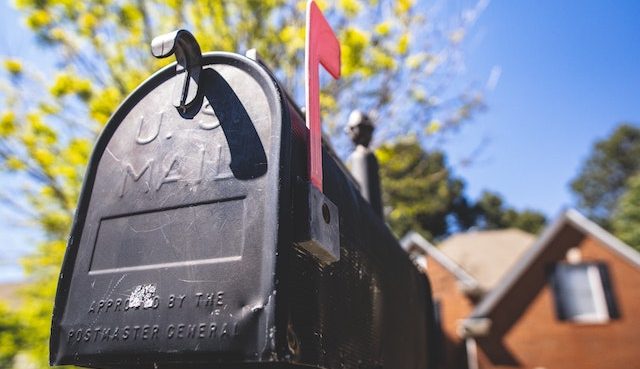The reputation of the once-vaunted U.S. Postal Service has taken its share of hits in recent decades.
Who doesn’t have stories about damaged or mis-delivered letters, or long lines at the local post office? As a magazine editor, I have my own tales of woe that include having to replace more than a dozen copies a month that mysteriously disappear into the system, or waiting for weeks to receive notifications that required my immediate attention.
It’s easy to wonder what ever happened to those valiant couriers who braved rain, snow, heat and gloom to swiftly complete their appointed rounds. If you walk a mile or two in their shoes, however, you’ll realize that they’re battling much more than the elements.
With a total workforce of about half a million, the USPS is the fifth-largest employer in America and the largest employer of veterans.
Last year alone, letter carriers delivered 55 billion pieces of mail. Among them were 1.2 billion prescriptions — including every prescription shipped by the Department of Veterans Affairs — and countless parcels destined for rural areas not served by private carriers. Also among them are your monthly copies of Fra Noi.
But this massive and vital workforce has been buffeted by monumental changes.
A dramatic shift from “snail” mail to email, coupled with competition from private carriers, has slashed volume by nearly 50 percent in only two decades. The workforce has declined in tandem, plunging nearly 40 percent in that same time period.
When you consider that roughly half the staff must now cover the same number of miles and workstations, the phrase “spread thin” takes on a whole new meaning.
To make matters far worse, Congress dealt the USPS a crushing blow in 2006 with the passage of the Postal Accountability and Enhancement Act. This placidly named hangman’s noose requires the postal service to pour billions of additional dollars into its pension fund each year while strictly limiting price increases.
Our postal rates are among the lowest of any developed nation, especially when you factor in per capita wealth and the average number of miles a letter carrier has to cover each day. But at what cost?
A once-profitable enterprise is now drowning in a sea of government-mandated red ink. As a result, the postal service has been forced to resort to all sorts of cockamamie revenue-enhancement schemes like selling novelty stamps, prepaid gift cards and costumes for dogs, as well as processing money orders, international money transfers and passports.
And who bears the brunt of this additional workload? An already overburdened front-desk staff that also has to contend with new and more complicated processing requirements at every turn.
I know whereof I speak. I spend a fair amount of time at the Melrose Park post office, where our issue is dropped off each month. I’ve watched in dismay as this former beehive of efficiency has dwindled into a stressed-out ghost town.
In the midst of all these miseries, along comes the coronavirus. While much of America was sheltering in place, these delivery warriors were on the job with masks on their faces, gloves on their hands and fear in their eyes. As of mid-May, more than 1,400 USPS employees nationwide had tested positive for the virus, 17,000 had been sent home on quarantine and 60 had died.
In a bushel as enormous as the USPS workforce, there are bound to be some bad apples. But every postal service employee I’ve ever encountered has been a decent, hardworking human being who yearns for the resources to get the job done right. Given the draconian conditions they work under, it’s a miracle that any mail is delivered at all.
If anybody needs a hug right now, it’s our beleaguered postal workers, but the rules of social distancing won’t allow it. There is something you can do, though. Tear out the facing page and tape it to your door. Trust me, it’s going to make someone’s day.
The above appears in the July 2020 issue of the print version of Fra Noi. Our gorgeous, monthly magazine contains a veritable feast of news and views, profiles and features, entertainment and culture. To subscribe, click here.
 Fra Noi Embrace Your Inner Italian
Fra Noi Embrace Your Inner Italian







